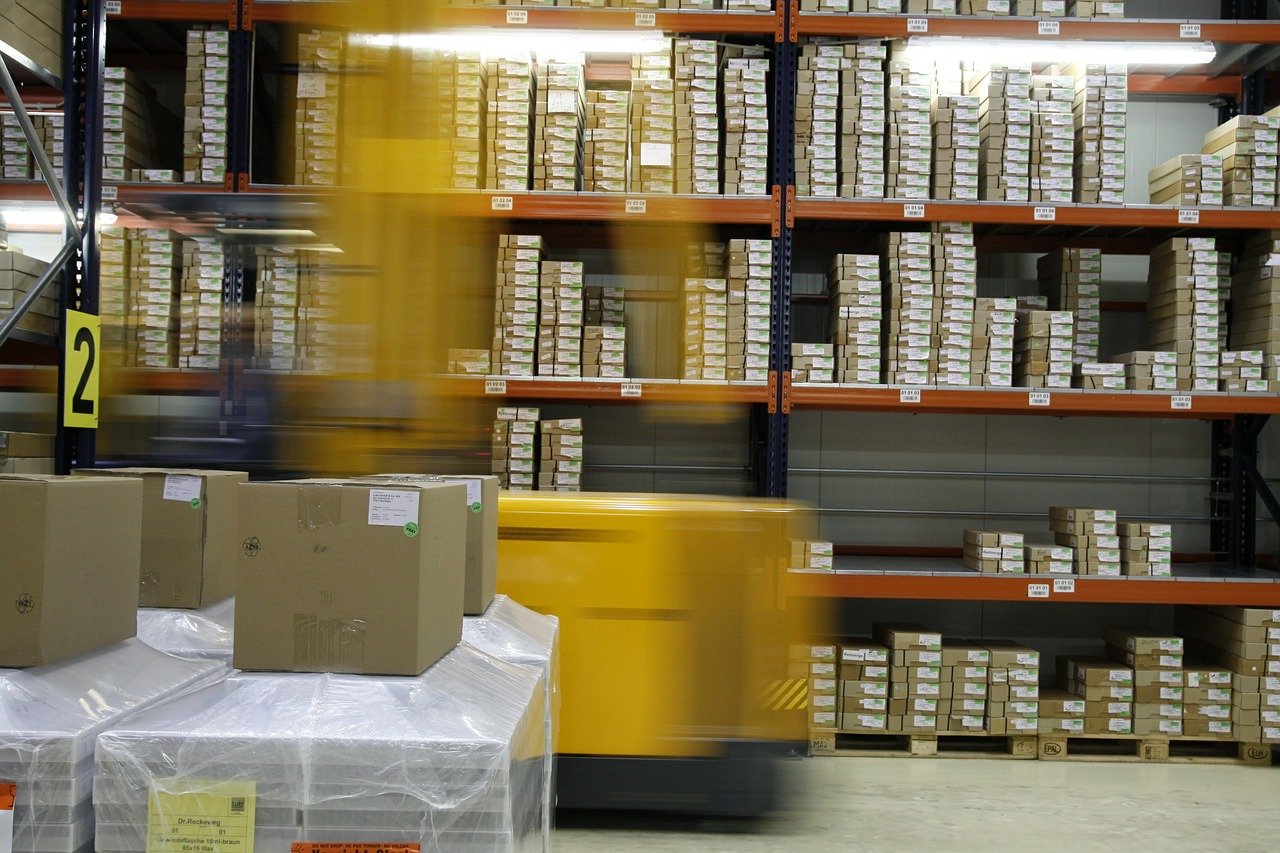Working in a warehouse can be extremely dangerous, especially with the different vehicles that could be coming around a blind corner any second. In order to stay safe, it is essential to undergo necessary training and to read all the advice you can get. Below is a list of fields in which you could become injured in a warehouse, and more importantly, how to avoid them.
Vehicle Safety
Whether it is trucks or forklifts that are being driven in the warehouse, vehicle safety is what you should prioritise. Last year alone, 31 people died after being hit by a vehicle in a warehouse. That is 31 too many. Here are some top tips to ensure the best possible vehicle safety in the workplace.
- Drivers must have passed their practical training test in order to drive a vehicle in the workplace.
- Drivers must be over 18 to operate a forklift.
- Use signage to remind workers to not exceed the speed limit. The limit for a forklift is 5mph.
- Set up a one-way system to reduce the amount of reversing. A quarter of workplace injuries occur due to reversing, so if you must reverse, ensure you have a spotter.
- Take care of the surfaces that will be driven on. If the floor is uneven or steep, accidents could occur.
- Implement signage to remind drivers to look out for pedestrians and to use a seatbelt.
- Give drivers daily checks to carry out. For example, these could be for: popped tyres; irregular noises; warning lights and broken seatbelts.
- Hire a trained professional to carry out inspections regularly.
- Ensure pathways and aisles are clear of obstructions. If staff dispose of loose equipment, the warehouse will be much safer.
- Make sure to have a zero-tolerance policy. If employees think they can mess about, they could resort to racing or driving dangerously.
- Give the drivers optimum visibility by using mirrors. The drivers view will be aided across all angles and therefore reducing the chance of risk.
Falling, Trips and Slips
It is a well-known fact that the biggest cause of workplace injuries are trips and slips. Last year, 118,000 people inured themselves at work via these means and a further 40 people shockingly died from doing so. Let’s take a look at ways in which you can reduce the risk of this happening to you in the warehouse.
- Make sure that all staff members housekeep well. If they aren’t cleaning up spillages and removing obstructions, then you will be at risk of injury.
- Ensure that appropriate signage is displayed by the cleaning staff. Arrange this for out of working hours to avoid accidents.
- To prevent dust from building up and to make surfaces less slippery, use anti-slip paint.
- If using cables across the floor, use heavy-duty cord covers to prevent tripping and the damaging of cables.
- Ensure that the floors are level as uneven flooring can contribute heavily to people losing balance. This can be catastrophic if carrying heavy goods.
- Buy anti-slip tape and shoes. Using anti-slip paint isn’t always doable, so these items always prove a reliable backup.
- Many people injure themselves via falling from a ladder. Because of this, provide employees with ladder training, and ensure they work at a safe height.
Lifting
There is a plethora of manual and machinery-assisted tasks that pose a threat in the warehouse if not performed correctly. It is essential that control measures are put into place in order to reduce the risk of musculoskeletal disorders. Let’s look at ways in which you can reduce lifting risks:
- Provide staff with manual handling training. Ensure they know their weight limits, (20-25kg is a bit too heavy for the majority of people) and the correct techniques to minimise pain.
- Try and use lift trucks and pallet trucks as opposed to manual handling.
- Always keep chains in a dry location and prevent them from being run over. The wrong use of chains is often the cause of metal fatigue and bending.




